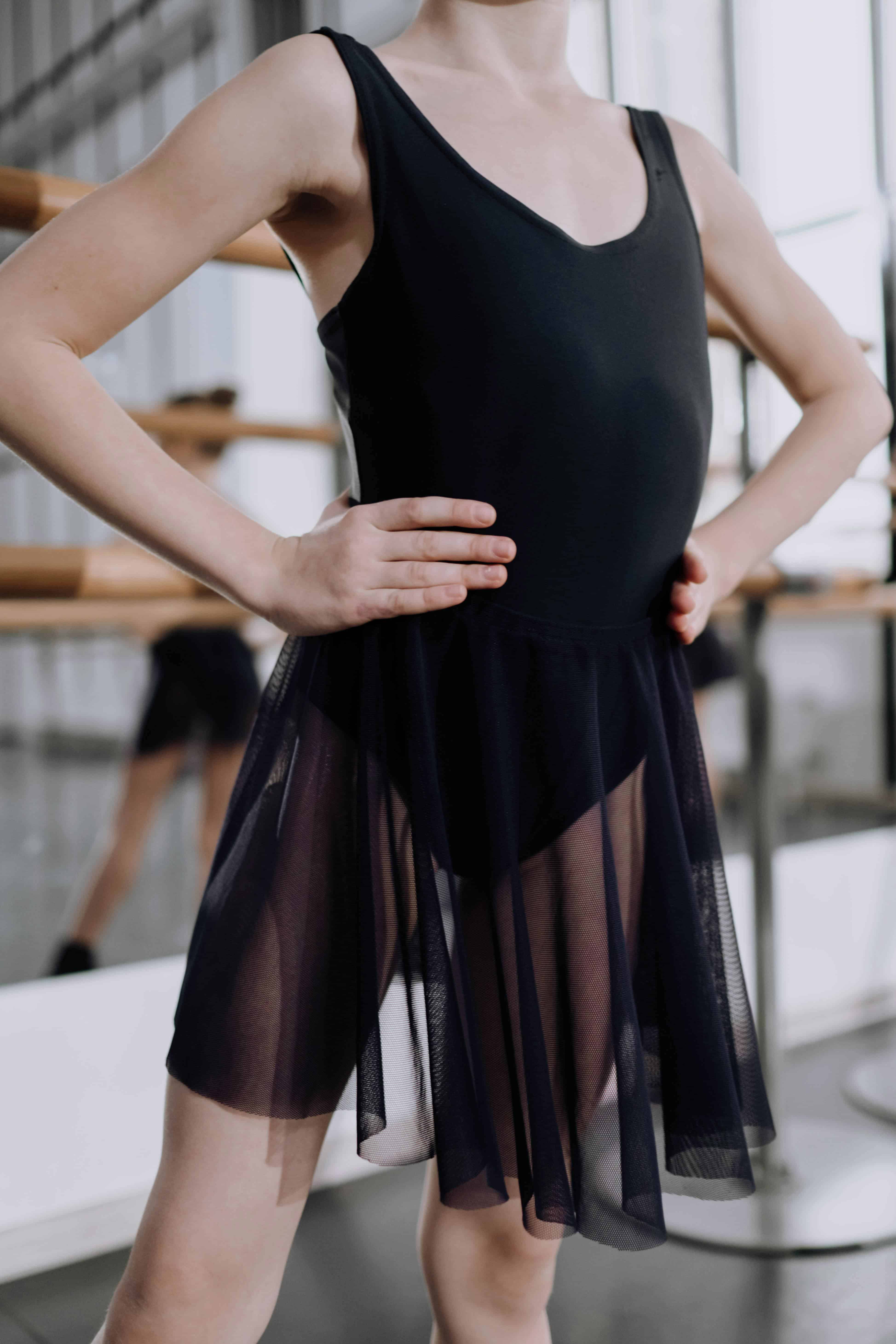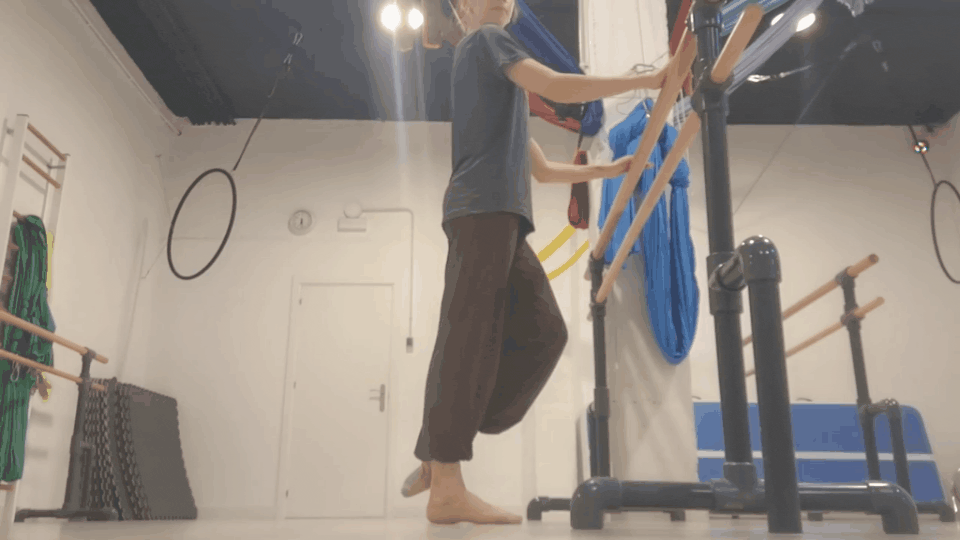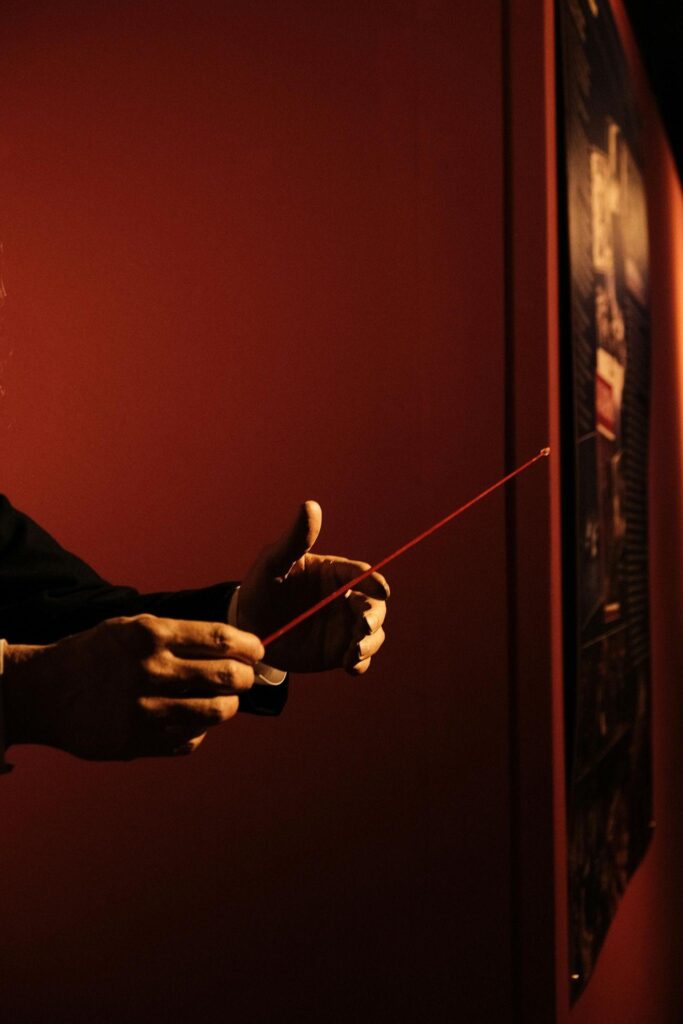Ballet Fouetté – How to Perfect Your Technique

Ballet fouetté turns require exceptional technique, strength, balance, and control to stay in one spot without getting dizzy.
It’s much like a spinning top, trying to stay in the one spot.
If you’ve ever seen the iconic Black Swan variation from Swan Lake, you’ll know that mastering 32 consecutive pirouettes is no easy feat.
In this blog post, I’ll provide you with beginner and professional tips to master your ballet fouetté technique.
WHAT IS A BALLET FOUETTE?
A Ballet Fouetté is an iconic movement in ballet where dancers perform a series of quick turns on one leg while the other leg extends out to the side and whips around.
It is a true test of a dancer’s skill and technique.
COMMON BALLET FOUETTE MISTAKES
Here are three common ballet fouetté mistakes that can be easily avoided with practice and precision.
WEAK CORE
The first common mistake during a ballet fouetté is a lack of core stability.
Without a strong core, maintaining balance and control throughout this movement is extremely difficult.
Dancers must have a strong and compact core to be able to continuously keep the body tight whilst allowing freedom in the working leg.

Without it, everything will slowly fall apart and gradually lead to a loss of coordination and speed.
SPOTTING
The second common mistake is insufficient spotting.
As fouetté turns involve more than one rotation or pirouette, dancers must have a solid grasp of proper spotting, which involves whipping the head around whilst focusing on a clear point.
This allows dancers to avoid getting disoriented and dizzy.
WEAK SUPPORTING LEG
The third common mistake is a weak supporting leg, where the standing leg isn’t strong enough to support the repetitive motions of 32 consecutive releves on one leg.
If the supporting leg can’t maintain proper form, adding the action of moving the working leg freely with a fouetté action (from devant, to a la seconde, to retire), is not possible.
There’s a reason why dancers continuously do releves as if it were like a religion.
BALLET FOUETTE TIPS FOR BEGINNER DANCERS
Here are three tips for beginner dancers to incorporate into your daily practice to achieve a correct ballet fouetté technique.
TIP 1 – IMPROVE CORE STABILITY
A strong centre allows dancers the freedom to move while maintaining proper alignment and stability throughout the turn or series of turns.
RECOMMENDATION
Incorporate core work into your weekly schedule to see the best results.
Pilates, in particular, targets the core muscles which can greatly help dancers find their centre of balance and freedom of movement.
When the core is strong, pirouettes remain on balance and well supported whilst rotating.
TIP 2 – PROPER COORDINATION
Coordination is crucial, much like the precise timing required for a pirouette. This holds for ballet fouetté turns, where the working leg works independently from the standing leg.
RECOMMENDATION
To refine coordination, a great fouetté drill is to stand beside a barre and focus solely on practising the intricate movement of the working leg without the turn.
If you’re new to this, you can skip the demi pointe until you have the proper strength in your standing leg.

Aim for a series of 8 repetitions, followed by a brief pause before repeating the exercise.
This exercise allows focused practice of the fouetté movement without the turn and can help you develop the correct coordination required later for fouetté turns in the centre.
TIP 3 – PROPER HEIGHT OF WORKING LEG
Maintaining proper alignment is crucial when performing fouetté turns, particularly regarding the height of the working leg.
It’s essential to keep the working leg at a height where the hips remain level, which is why lifting the leg above 90 degrees is discouraged.
Not only is it challenging to sustain correct alignment with a higher leg, but fouettés are not about showcasing leg height, rather it’s about the skill of performing multiple pirouettes with precision and control.
RECOMMENDATION
If you find that your fouetté turns suffer because you’re lifting the leg a la second too high, (disrupts your neutral alignment), consider practising with the leg at a 45-degree angle.
Gradually raise the leg height once you can execute the rotations without lifting the hip.
Placing your hand on your hip can sometimes provide the physical sensation of pushing your hip down, aiding in maintaining proper alignment.

This gradual approach allows for better control and alignment, helping to refine your fouetté technique over time.
BALLET FOUETTE TIPS FOR ADVANCED DANCERS
Here are three tips for advanced dancers, that build on the basic principles of a ballet fouetté, that can be incorporated into your daily practise to perfect this movement further.
TIP 1 – STRENGTHENING THE SUPPORTING LEG
A strong supporting leg, in particular, well-developed calf and glute (rotator) muscles, are essential for performing 32 releves and sustaining the turnout of the working leg with ease.
RECOMMENDATION
To strengthen the calves for repetitive releves, incorporate single-leg calf raises into your routine.

Aim for 32 repetitions on each leg daily.
This is something we did after finishing the barre every day at The Australian Ballet School, and is a great strength building and injury prevention method. The Australian Ballet is renowned globally for its leading health team, dedicated to injury prevention, management, and rehabilitation.
For the glute muscles, engage in conditioning exercises such as glute bridges and squats to improve the strength of your thighs and glutes.
TIP 2 – MUSICALITY AND DYNAMIC
Another way of improving your fouetté turns is by focusing on rhythm.
It’s normal to have your individual preference for turning speed. Often in performances, conductors will follow your tempo, but not always!
That’s why it’s important to find a good dynamic, not just to help you but to always make it clear to the conductor.

RECOMMENDATION
When practising fouetté turns, do so with music at an appropriate tempo.
While you might be tempted to practise without, utilising music adds an extra dynamic.
It provides the impetus to complete the entire sequence of turns without succumbing to the temptation to stop.
Stay motivated and let the music help you.
TIP 3 – MENTAL MINDSET
For many dancers, fouetté turns can evoke intense fear and anxiety.

I grappled with this step and it required extensive practice and positive self-talk to overcome.
Mental fortitude is just as crucial as physical ability in mastering fouetté turns.
RECOMMENDATION
Breaking down a fouetté turn reveals its similarity to any pirouette. The challenge often lies in the daunting notion of achieving 32 turns, which can create mental barriers.
These are some steps that helped me confront my fear of fouetté turns:
Constantly remind yourself that you CAN DO IT!
WRAP UP
Fouetté turns may seem daunting, but with time and practice, nothing is impossible.
There are numerous ways we can focus on this dynamic and exciting turning combination to make turning easier (and yes, even enjoyable).
Remember, a fouetté turn follows the same principles as any other pirouette.
With a little more strength, stamina, and endurance, performing 32 fouettés is more than achievable for any dancer.
Try the tips out and see for yourself.






